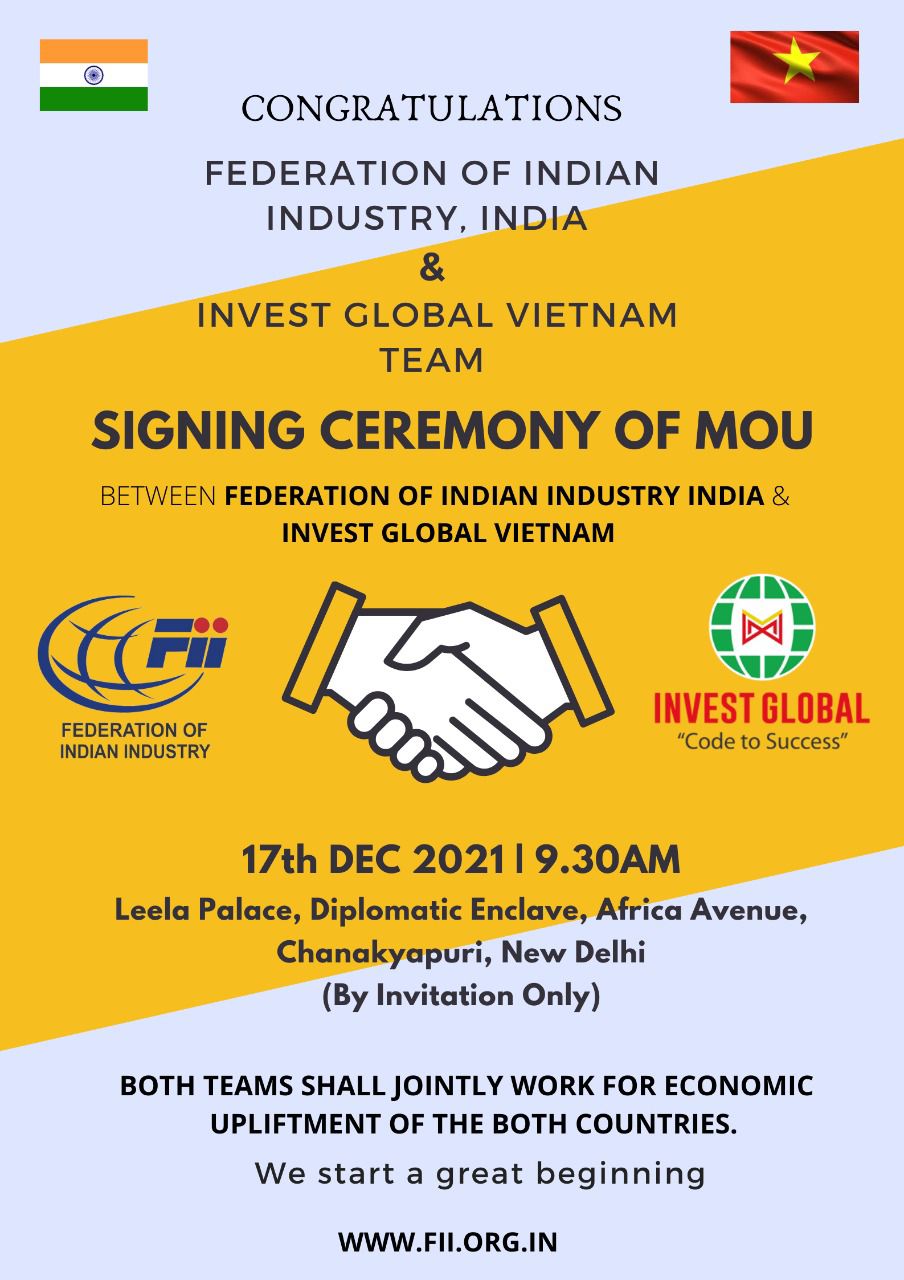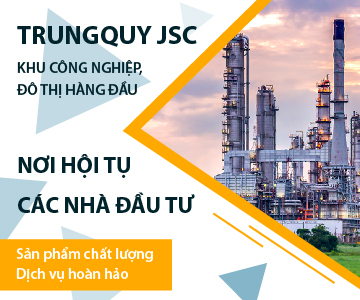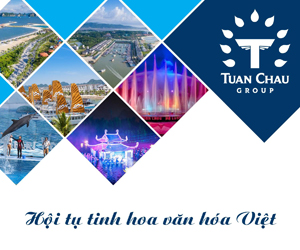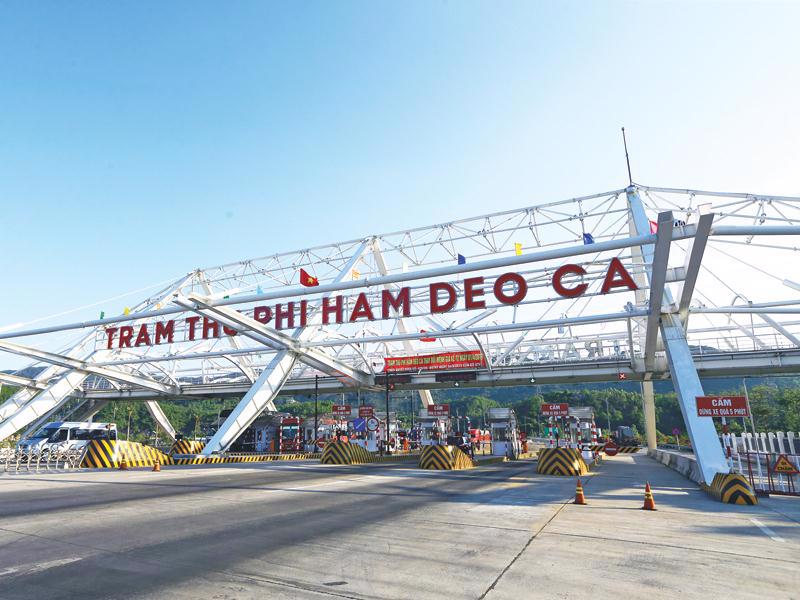INTERNATIONAL INVESTMENT
AND PORTAL
This merger will set the foundation for a new, multi-centric development model that is integrated, sustainable, and scalable – positioning Greater Ho Chi Minh City to lead the region in innovation, connectivity, and inclusive growth.
 Truong Bui, general director Roland Berger Vietnam
Truong Bui, general director Roland Berger Vietnam
The merger of the three localities creates a completely new development space by tightly linking manufacturing, services, logistics, and innovation. This is reflected in three core opportunity clusters that will drive growth in the next phase.
Firstly, the merger presents an opportunity for Ho Chi Minh City to redefine its core sectors by moving up the value chain and deepening its focus on high-value-added segments. To achieve this, the city must clearly assign roles to each locality within a unified regional plan. Establishing industry-linked clusters with tailored development incentives will be key to maximising each area’s competitive strengths while fostering a production-services ecosystem capable of delivering high-value solutions.
At the same time, research and application in science and technology must be accelerated, ensuring that innovations are rapidly integrated into key sectors. Strengthening the supporting industry ecosystem, completing value chain segments – especially in the automotive sector – and tightening links with global supply networks will allow Ho Chi Minh City to expand its influence in strategic industries.
Secondly, the region can build a comprehensive service ecosystem anchored by an international financial centre (IFC) to drive the innovation ecosystem.
In the services sector, Ho Chi Minh City has strong potential to develop into a large-scale, high-value service hub, driven by its large urban population, modern infrastructure, and well-connected logistics, port, and industrial networks. At the core of this strategy is the development of an IFC, which will provide advanced financial services for businesses in Vietnam and across the region.
Surrounding the IFC will be a supporting services ecosystem that includes high-quality education, international healthcare, and a green technology hub, forming a “1+3” multi-sector service cluster. If implemented effectively, this model can help raise urban living standards, draw global companies, and position Ho Chi Minh City as a top-tier service hub in Southeast Asia.
Alongside the growth of the service sector, the formation of the new megacity sets the stage for a region-wide innovation ecosystem. This network will no longer be limited to Ho Chi Minh City alone – it will expand across industrial hubs, seaports, and new urban areas in Binh Duong and Ba Ria–Vung Tau.
A connected system of universities, research institutes, and tech companies will be closely linked with digital infrastructure, such as 5G networks, data centres, and research and development clusters, making it easier to conduct research, test new products, and apply new technologies.
Thirdly, Ho Chi Minh City is positioned to emerge as a modern, innovation-driven maritime economic hub with regional influence. Central to this vision is the development of Cai Mep-Thi Vai and Can Gio into strategic international ports, complemented by free trade zones and integrated coastal economic areas across Vung Tau, Can Gio, and Con Dao.
This foundation will enable the city to drive growth and innovation across four key sectors: port and logistics services, green technology, maritime finance, and supporting industries.
Beyond logistics, Ho Chi Minh City also has strong potential to develop marine eco-tourism in areas like Ho Tram and Binh Chau (Ba Ria-Vung Tau), ensuring connection with the Can Gio Biosphere Reserve. The unique combination of mangrove ecosystems, coastal landscapes, and local culture offers a diverse experience – from nature exploration to nighttime entertainment – meeting the expectations of both domestic and international tourists.
Lastly, the new coastal urban zones are poised to become a highly liveable destination, offering clean air, unspoiled nature, and an ideal tropical climate. Planned investments in coastal parks, green urban corridors, and resilient infrastructure will help deliver a high quality of life while reinforcing Ho Chi Minh City’s image as a modern, friendly, and eco-conscious coastal megacity. To achieve this, the city will need a new approach to urban development – one that supports multiple city centres, leverages digital technology effectively, and ensures long-term sustainability and livability.
A priority is smart infrastructure for better city management. This includes real-time traffic control, automated air and environmental monitoring systems, and support for electric vehicles, such as charging stations and smart car parks. At the same time, the city should raise its sustainability standards by adding more green space, encouraging energy-efficient buildings, and improving its ability to withstand natural disasters and climate change.
The creation of Greater Ho Chi Minh City marks a historic milestone, opening up opportunities to restructure key sectors such as manufacturing, services, logistics, the maritime economy, and smart urban development on a regional scale.
However, with greater scale comes more complex challenges in governance, planning, and resource mobilisation. To succeed, the expanded city will need a long-term development roadmap built on strong regional coordination, an improved investment environment, and the effective use of technology in urban management.
